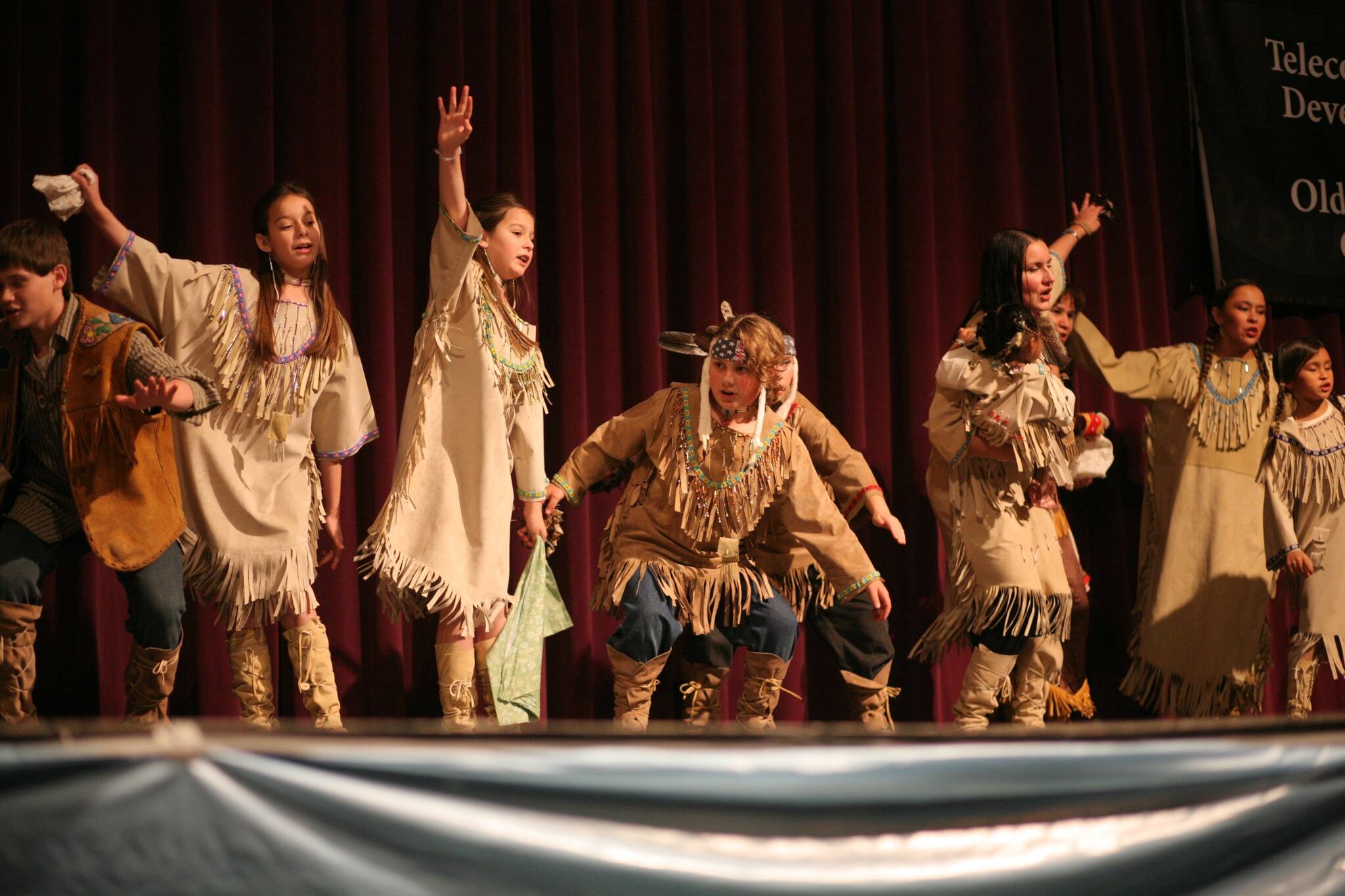The Alaska Federation of Natives is going “nuclear” at this year’s convention, and not all of it is because it’s just before an election full of energized candidates and issues.
The tentative schedule includes a mix of panel discussions and politics. The former features many familiar and still-pressing issues such as self-determination governance authority, the Alaska Tribal Child Welfare Compact, and missing and murdered Indigenous people.
But there’s one illuminating new twist on the familiar issue of providing electricity to remote areas, with a panel discussion on the first day titled “Micro Nuclear Reactor Opportunities in Alaska.” AFN Vice President Ben Mallott said such installations aren’t as scary as they might sound and may be appropriate for some Native communities, and a key aspect of the panel is getting that reassurance across.
“It’s a very complex and almost controversial issue for Alaska,” he said, adding such reactor facilities are “more of a battery than something that would explode.”
About 6,000 people are expected to attend the convention in Anchorage scheduled Oct. 20-22, which AFN states is says is “the largest representative annual gathering in the United States of Native peoples.” This is the first in-person convention in two years due to the COVID-19 pandemic, and Mallott said there appears to be no reluctance or hitches among participants about resuming a full-blown event.
“We sold out our crafts tables and exhibitors’ fair in August,” he said. “Everybody is excited to be back in person.”
AFN will continue virtual participation in some events available through its app and the convention can be viewed online via the organization’s website.
As for politics, the opening morning features in-person speeches by Gov. Mike Dunleavy and a keynote by U.S. Rep. Mary Peltola, plus a virtual speech by U.S. Secretary of the Interior Deb Haaland. Both of Alaska’s U.S. Senators are scheduled to address the convention on Friday.
The political highlight of the convention will be a series of candidate forums on Saturday morning by the candidates in the U.S. House, U.S. Senate and governor’s races. All of the candidates on the ballot have stated they will participate in person except former Gov. Sarah Palin, who is among the trio of contenders for the House seat.
The three-day event will also be filled with other happenings including AFN’s Citizen of the Year and Denali Awards, dance performances, and election of AFN representatives and consideration of convention resolutions.
• Contact Mark Sabbatini at mark.sabbatini@juneauempire.com

